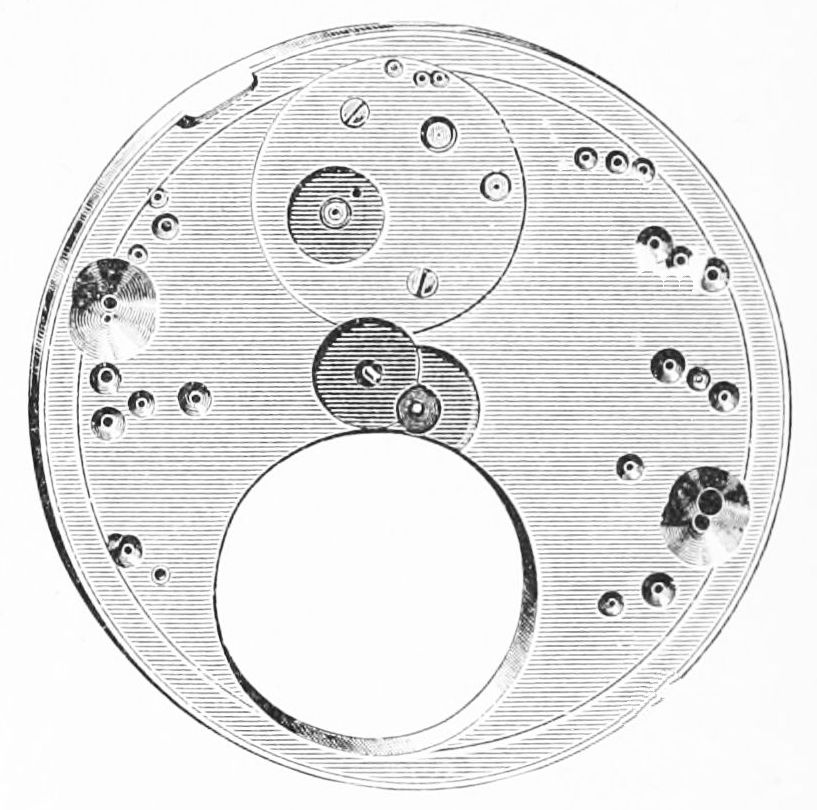Generative design rests firmly on parametrically designed products - e.g. if a watch is 42mm, the hour hand length should be less than half that, so The demo example that I've been playing with is that of three towers. Each tower has an x and y coordinate for its centerpoint and a height parameter. The three towers together have a width and length parameter. Based on those simple inputs, you can have the program design three towers, adding for example the constraint that the middle tower must be 20% higher than the other two or that they have to comply to the NYC setback. The goal in this example is to maximize inner volume while also minimizing the outer surface area. I think the idea was to limit the amount of glass needed on the outside. So a good strategy is to have the towers overlap, but how much and in what formation? Basically, with the variable inputs (x,y,height,...), the parametrically defined shapes and constraints, and the desired outputs to optimize for(MaxVolume, MinSurfaceArea), the software will try many variations on the input variables and score them on the output variables. Of course, many different goals / KPIs can be considered, as long as they can be calculated based on the resulting design shape. So with this bracket example I am pretty sure that they also ran the computer-generated designs through some strucural simulation models in Fusion to see how strong it would be against certain loads. I think the interesting thing is that it is a very flexible framework for creating wayyyy more alternative solutions to a problem. It also makes the consequences of your design choices much more visible - you can actually see what it means to choose sustainability over profitability, or volume over surface area, or any set of evaluation KPIs over another set of KPIs. Currently, those design choices and consequences are hidden from view, or neglected, or made on gut feeling / expertise. If I can sit down with relevant stakeholders and say "here's 200 designs that are all up to code but each score differently on these factors you value, now what do you guys really want?", that's gonna be incredibly valuable I think. hourHandLength = watchDiam * 0.4
Yeah but the watch hand length isn't parametric. It's preferential. Parametric is "there's this much torque from the main barrel, reduce material until only the necessary structure withstands the force on the jewel holes: Autodesk's archetypal example - the one that's at all the trade shows - is the motorcycle swing arm: 
I might very well have my terms mixed up - I'm by no means well-versed in this type of engineering. (Yet?) My understanding of parametric is that it is a relational method of design; thing A's size depends on thing B. It can be made much more complex than that, and it can be types of "inputs A should lead to shapes B constrained by strenght model C and solution space D", but fundamentally it's about the relationships between design elements. Could've made that clearer, I suppose, or I'm missing something. Generative design as I have dabbled with is "given input parameters A that each can vary this amount, and given model B that takes these parameters and generates a design, measure set of result-based KPIs C and iterate over A to optimize C."
In mechanics, you're talking about parametric design; Solidworks and Fusion will do it all day long. "The distance from A to B is 1/2 the distance from B to C." Move C, A will move. Those interdependencies allow you to change things up pretty easily if you set your model up right. Generative design in mechanics runs exactly as you describe, but the goals are different: "Given torsion forces A, B and C, compressive forces D, E and F, shear G H and I and clamping forces J and K, generate a continuous cross-section between pins Alpha-Beta and holes Gamma-Theta that minimizes the weight of the assembly. Presume a Young's Modulus of x, a shear modulus of y, a density of z and a factor of safety of five now GO." Things had to get computationally intensive to do this. you're goal-seeking through finite element analysis which, back when I had to do it, took ten minutes of server time on a DEC Alpha just to model a bike frame made of constant-diameter tube.
"just" if you're willing to invoke 3D printing in the manufacturing process somewhere, which as listed above, puts you in a pretty spectacularly weird regime at the moment. If you look at that second swing arm, it only exists if you can cast it off an algorithm. Yeah you could probably painstakingly shape it by hand but you're not going to because you don't have any good way to verify that you put stuff in the right place and the weight savings are probably not entirely worth bothering with (I mean, a tire is going to weigh more than what you're saving there). However, as soon as your construction method becomes "make it thicker in one direction by fractions of a mm" it starts to make sense.

